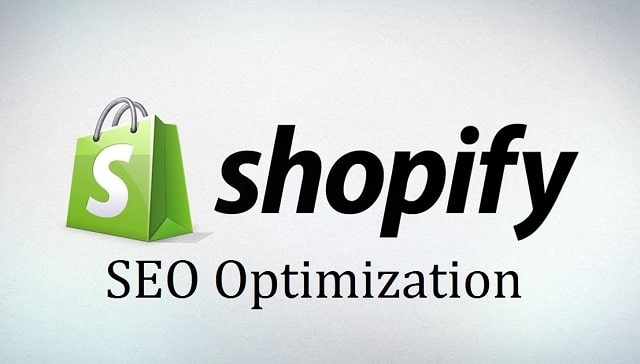Unlock the full potential of your Shopify store with this complete SEO guide for 2025. Learn proven strategies to boost your Google rankings, drive organic traffic, and increase sales using on-page optimization, keyword research, mobile speed, content marketing, and more.
Table Of Content
- Introduction
- What Is Shopify SEO?
- Why Is SEO Important for Your Shopify Store?
- Shopify SEO Basics: What to Focus On First
- Optimize Your Product Pages
- Improve Site Speed & Mobile Usability
- Build Internal & External Links
- Use Content Marketing to Drive Traffic
- Technical SEO Tips for Shopify
- Track & Measure Your SEO Performance
- Conclusion
- Ready to Rank Higher on Google with Shopify SEO?
Introduction
Launching a Shopify store is easy — but getting organic traffic from Google? That’s where SEO comes in. Whether you’re a beginner or an experienced merchant, this complete Shopify SEO guide will help you optimize your store to rank higher, attract more visitors, and increase sales in 2025.
What Is Shopify SEO?
Shopify SEO refers to the strategies and optimizations made on a Shopify store to improve its visibility in search engines like Google. These include:
- On-page optimization (titles, meta descriptions, etc.)
- Site speed improvements
- Mobile optimization
- Content creation
- Technical SEO and more
Why Is SEO Important for Your Shopify Store?
- Free, consistent traffic
- Higher brand credibility
- Better user experience
- Increased conversions
If you’re spending on ads but not investing in SEO, you’re leaving money on the table.
Shopify SEO Basics: What to Focus On First
a. Keyword Research
Start by finding the right keywords your customers are searching for using tools like:
b. Optimize Page Titles & Meta Descriptions
- Keep titles under 60 characters.
- Write compelling meta descriptions under 160 characters with your keyword.
- Add your store’s USP (e.g., Free Shipping, 24/7 Support).
c. Use SEO-Friendly URLs
- Keep URLs short, clean, and readable.
- Avoid numbers and special characters.

Optimize Your Product Pages
- Write unique product descriptions (don’t copy manufacturer text)
- Add alt text to every product image
- Use schema markup to enable rich snippets
- Include customer reviews for trust & SEO
Improve Site Speed & Mobile Usability
Google rewards fast-loading, mobile-optimized stores. Tips:
- Compress images using tools like TinyPNG
- Use fast Shopify themes like Dawn or Booster
- Avoid too many apps that slow down your store
- Enable lazy loading for images
Build Internal & External Links
- Link from your blog to key products and categories
- Get backlinks by:
- Submitting guest posts
- Listing your store on directories
- Working with influencers or bloggers
Use Content Marketing to Drive Traffic
Start a Shopify blog and post regularly:
- “How-to” guides related to your products
- Industry trends and insights
- Product comparison posts
Technical SEO Tips for Shopify
- Add an XML sitemap (Shopify does this automatically)
- Submit your sitemap to Google Search Console
- Avoid duplicate content (especially with product variants)
- Add canonical tags for SEO consistency
Track & Measure Your SEO Performance
- Google Analytics 4 (GA4)
- Google Search Console
- Shopify’s built-in analytics
- Organic traffic growth
- Keyword rankings
- Top-performing pages
Conclusion
Shopify SEO is not a one-time task — it’s an ongoing process. But if done right, it can become your most powerful sales channel.
Start with the basics, be consistent with content, and monitor your progress.
Ready to Rank Higher on Google with Shopify SEO?
We don’t just share strategies — we help you implement them!
Click the button below, fill out a quick form, and our team will get in touch with you shortly.












No Comment! Be the first one.